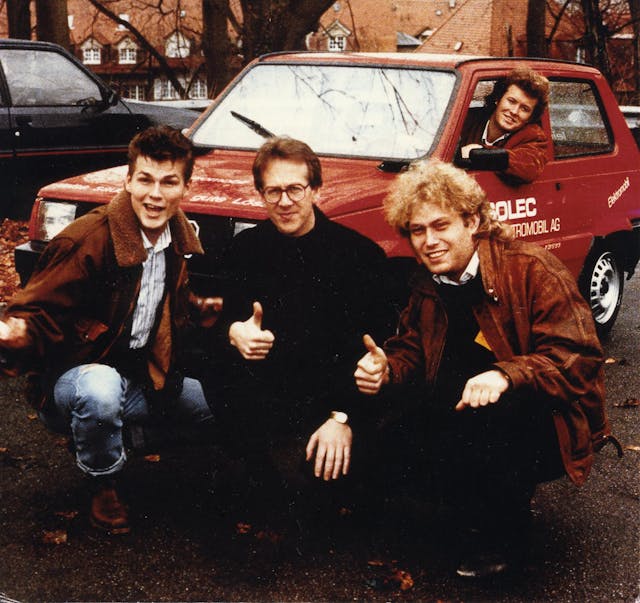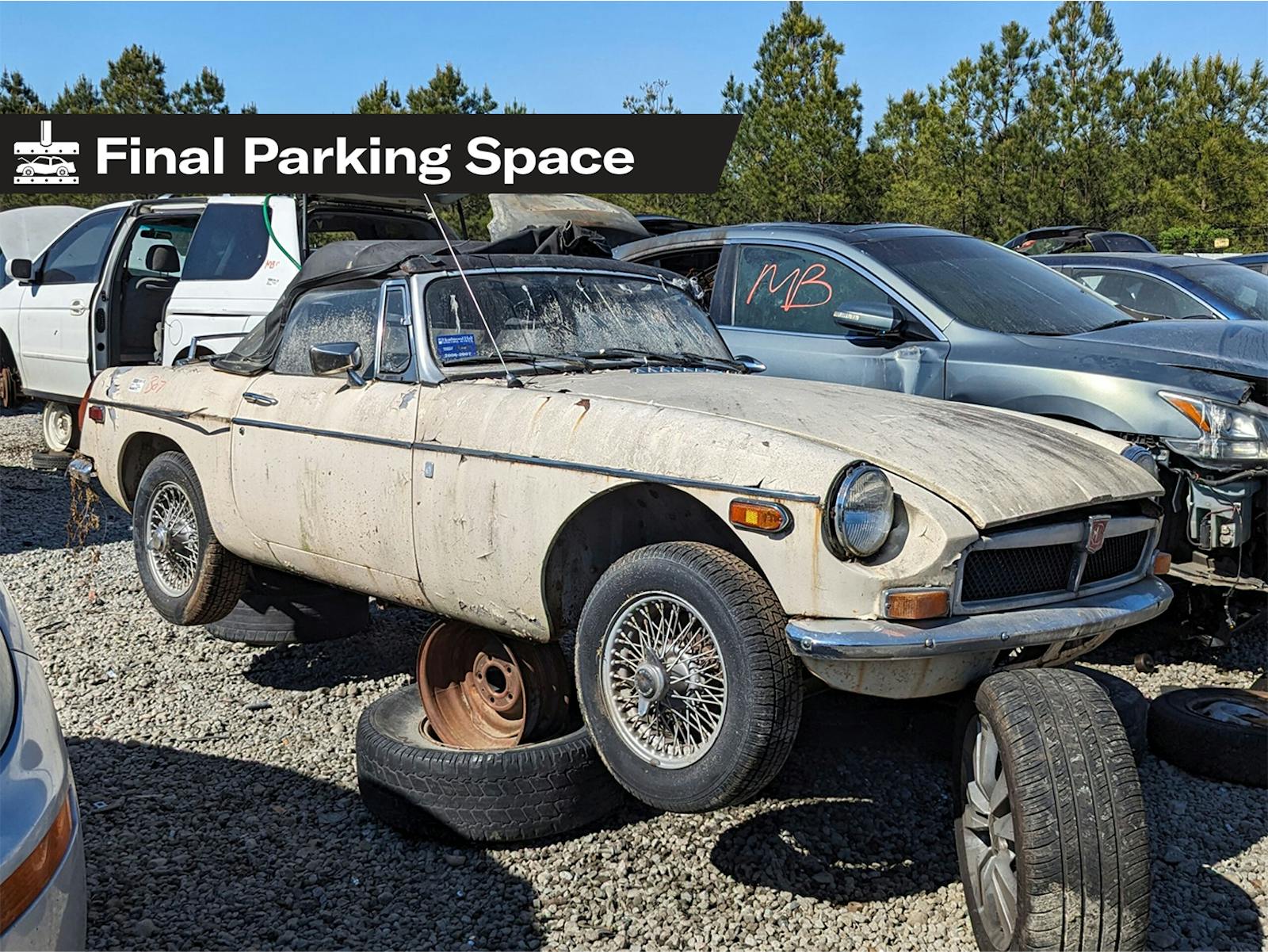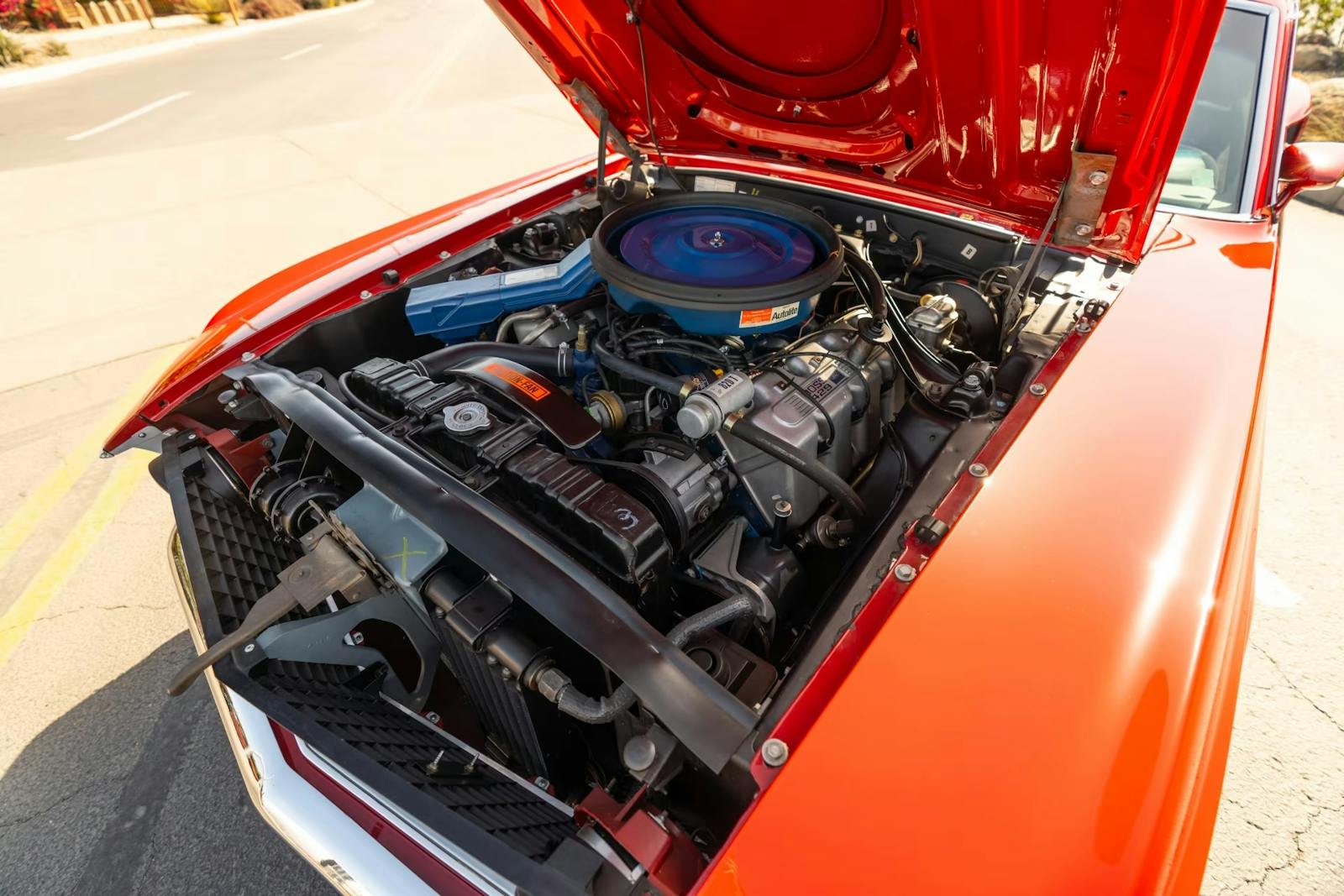The Euro pop stars, electric Panda, and unpaid toll fees that made Norway an EV haven
Norway has fallen in love with the Mustang Mach-E. Fully 10 percent of all new-car registrations are for Ford’s battery-electric crossover. It’s the best-selling car in this oil-rich Scandinavian country, and there’s a very weird reason for its success. The answer involves a synth-pop band, a crusading environmentalist, and a home-brew EV made out of a boxy little Italian economy car. Somehow, an electric Fiat Panda from the mid-’80s cracked Norway open for today’s electric Mustang.
First, grab your leather jacket and a handful of mousse because it’s time to travel back to 1985, at the moment a record-setting music video hit the airwaves. The mid-1980s were the height of MTV madness, with studios splashing out on wild visuals to help move records. Over at Warner Brothers, a trio of young Norwegians had a catchy little number that wasn’t selling. So they hired the guy that made the video for Toto’s “Africa.”
Director Steve Barron knew that the group was going to be a breakout hit. It had a handsome lead singer—Morten Harket—and a synth-heavy Euro sound. Its name was memorable: A-ha. Warner Brothers had deep pockets, eventually shelling out some $400,000 for the video (about $1M in today’s money). Barron hired a couple of animators and had them draw over live-action frames, in a process called rotoscoping.

The video for “Take On Me,” was a hit, and a lasting one—it has been viewed over a billion times on YouTube. The song made A-ha a household name in the U.S. and is one of the most recognizable videos of the era. At the MTV Video Music Awards of that year, “Take On Me” won twice as many categories as Michael Jackson’s “Thriller.”
Obviously, A-ha’s international success reverberated across the Atlantic back to its home of Norway. The trio of Harket, guitarist Paul Waaktaar-Savoy, and keyboardist Magne Furuholmen were thrust into the spotlight. Somehow, this let to them crossing paths with a Norwegian environmentalist who was beginning to make a name for himself.
By 1985, Frederic Hauge was just nineteen, but already well-known as part of a group of environmentalists with an unusual knack for generating publicity. The following year, 1986, Hauge founded Bellona, a non-profit environmental agency that still operates today. In the 1990s, Bellona went toe-to-toe with the Russian authorities over nuclear waste dumping, a brutal fight which Hauge and his team finally won. He was something of a natural renegade.

In 1989, Hauge, Harket, and Furuholmen were in Switzerland together for an environmental conference. There, they saw a prototype battery-electric vehicle called the Larel Will 202, based on a Fiat Panda. Very little can be found about the Larel company, but it did produce several experimental prototypes, usually very small and short on range.
The Will 202 was pretty feeble stuff by modern EV standards. It had under 20 hp, a top speed of 50 mph, and a range projected to be between 20 and 40 miles. Since the batteries occupied the rear seat, it was cramped as well as slow.
However, it didn’t burn gasoline or diesel. Hauge imported the car into Norway via Sweden, and immediately ran into a problem when he went to register it. Norway didn’t have any classification for electric vehicles. Eventually, he managed to get the Will 202 on the books as a motorhome, thanks to its propane heater. Somehow, he got away with never paying the actual registration fee.

For a few years, Hauge and his Will were just an oddball edge case. He ran an extension cord out through the window of his office in Oslo to charge up his car. The Will never went very far, and his neighbors probably thought it was all a bit silly. Electric vehicles would never take off if they were all like this, right?
But Hauge and his famous friends soon drummed up a plan. In Norway, diesel vehicles already enjoyed some tax breaks compared to gasoline cars. Hauge and the members of A-ha reasoned that a clean-running electric vehicle should get even better breaks. And, because Hauge was not the sort of person to beg a government for changes, he simply went about changing things by rebelling against the system.

Norway, and Oslo in particular, has steep road tolls. A-ha and Hauge never paid them, running the electrified Fiat through the gates again and again. They let the fines rack up until the police showed up and confiscated the Will. The fine went unpaid, and the Will was put up for auction.
Of course, nobody wanted the weird little electric Panda. Hauge and A-ha bought it back for 200 Norwegian crowns, about two-thirds of the fine amount. Then, they went about blowing off the tolls again. The car got confiscated. They bought it back at auction. More tolls were skipped. And so on.
If this had just been one crank Norwegian musician and his battery-powered shoebox car, nothing would have happened. But this was A-ha! Newspapers covered the antics, and the government agencies found themselves under pressure. Eventually, they caved, exempting EVs from paying road tolls. And, since Hauge had dodged the registration fee, EVs were exempt from paying that as well.

Up until about 2011, none of the changes really mattered. Then the Nissan Leaf arrived, and consumer EVs became a reality. In 2013, Hauge took delivery of the first Tesla Model S in Europe. Not only did these early mass-produced EVs get huge tax breaks, but owners didn’t have to pay punitive road tolls either.
Essentially, the loopholes created for the little electric Fiat were big enough to drive a modern EV through. Customers started shifting to battery-powered vehicles because the incentives meant that you’d be crazy not to. Add in that EVs were allowed to use the bus lanes getting into crowded Oslo, and it became rather easy to live with an electric vehicle.
As of 2020, 52 percent of new cars sold in Norway were electric. While Teslas were initially a big part of that change, Ford’s Mach-E is now the front-runner. More EVs are coming, and it seems likely that Norway will be primarily an EV market for the foreseeable future.

However, there is also a cautionary aspect to this tale of an oddball electric Panda and the changes it wrought. Norwegian customers aren’t necessarily choosing to buy an electric vehicle because they enjoy near-instant torque or silent motoring—it’s because punishing taxes are forcing them out of gasoline cars. Remove the incentives, and EVs still cost a considerable premium over a new gasoline car. The situation has led to a graying of the fleet, with Norwegians keeping their cars longer to defer an expensive new-car purchase.
Norway’s approach may thus not be a model for EV adoption in other countries. Here in North America, the approach Ford is taking with the F-150 Lightning—that is, give pickup truck customers more choices—will likely play better for consumers.
Still, it’ll be interesting to watch from afar how Norway rolls out electric infrastructure. How will a whole national fleet of EVs handle Norwegian winter, for example? We’ll surely find out, and it’s part thanks to “Take On Me,” a boxy zero-emissions Fiat, and a certain distaste for government regulation.


